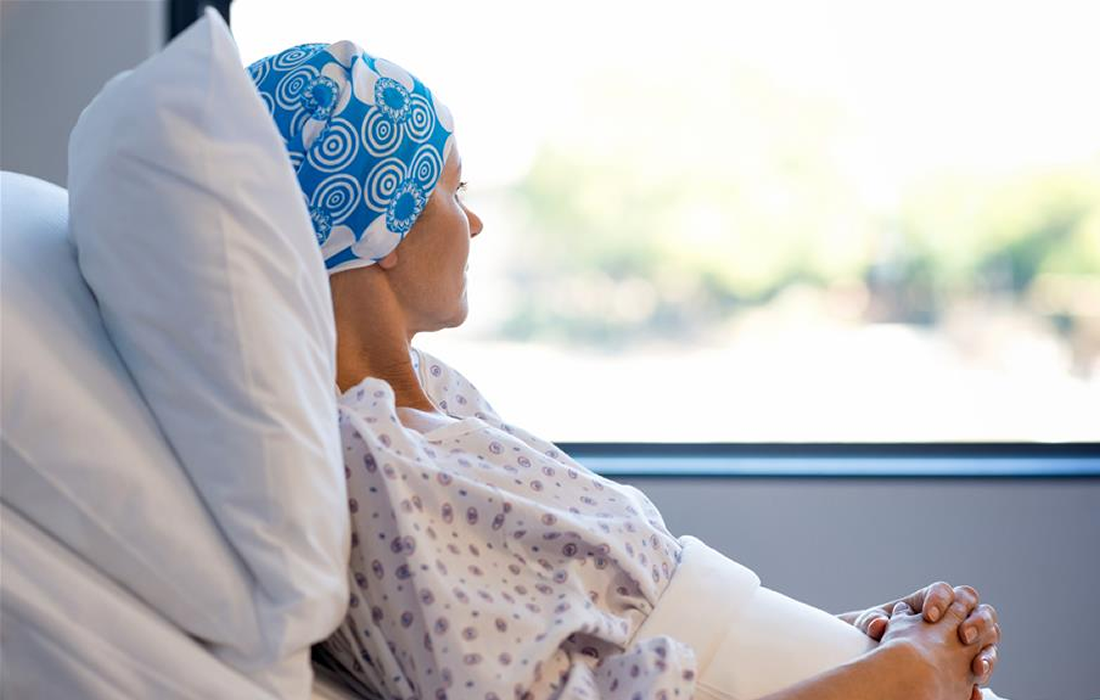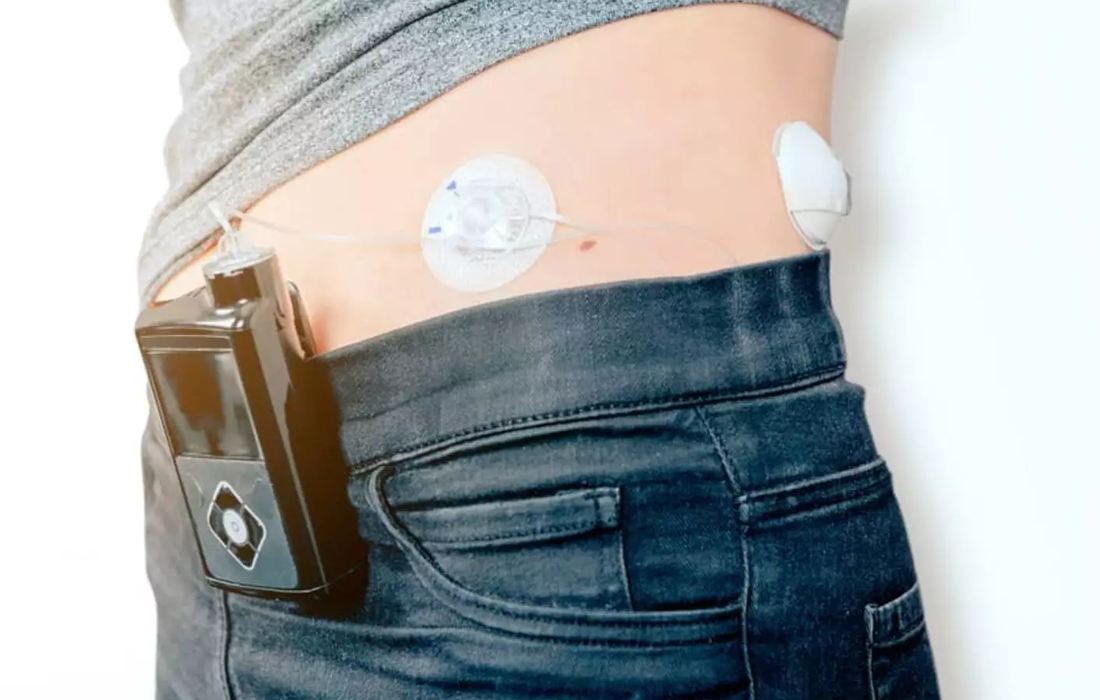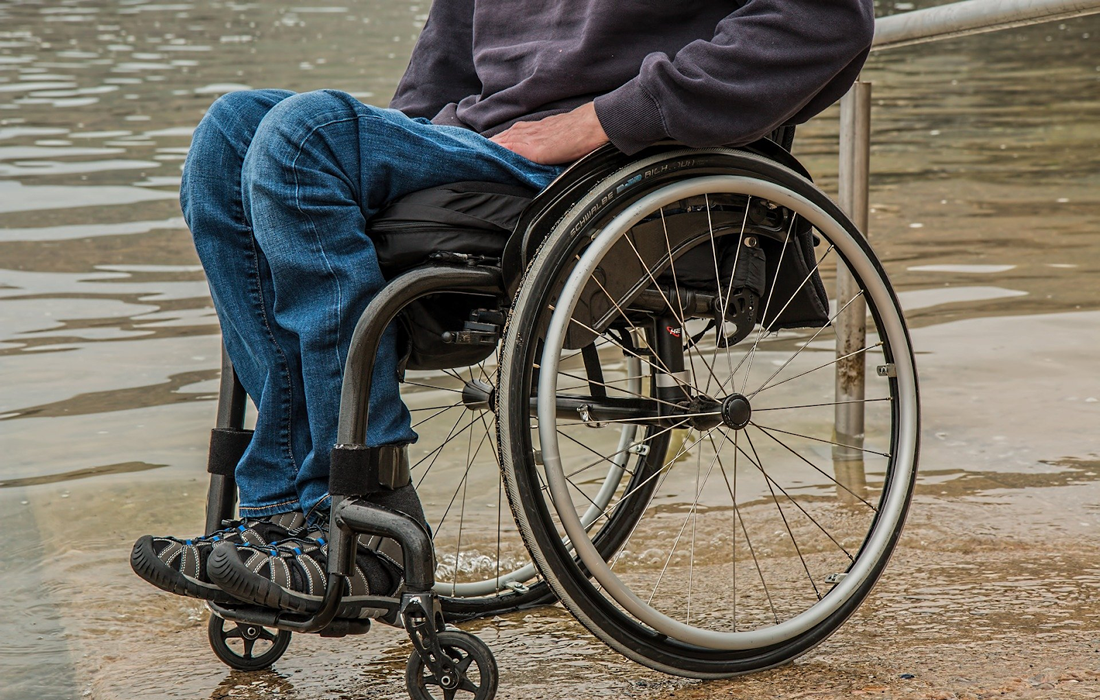People who suffer from inflammatory bowel disease may soon have access to personalized dietary guidelines to keep them feeling well, thanks to new research on how dietary fiber affects the disease. The research team discovered that certain types of dietary fiber cause an inflammatory response in some patients, causing symptoms to worsen. They are now […]
Monthly Archives: October 2022
Targeting a specific enzyme in the muscle could help cancer patients preserve muscle mass and potentially prolong their survival, according to research from UTHealth Houston. A study led by Yi-Ping Li, PhD, professor in the Department of Integrative Biology and Pharmacology with McGovern Medical School at UTHealth Houston, found that an enzyme known as UBR2 […]
Spina bifida, also known as myelomeningocele, occurs when spinal tissue fails to fuse properly during the early stages of pregnancy. The birth defect can lead to a range of lifelong cognitive, mobility, urinary and bowel disabilities. It affects 1,500 to 2,000 children in the U.S. every year. It is often diagnosed through ultrasound. While surgery […]
The surface of the cornea is maintained by corneal epithelial stem cells located in the transition zone between the cornea and conjunctiva—the limbus . Limbal stem cell deficiency (LSCD) is an irreversible disease resulting from the loss or dysfunction of these epithelial stem cells. The corneal epithelium becomes deficient and is replaced by the surrounding […]
During World War 2, children in the UK were evacuated to unfamiliar families for reasons of safety. The professional attention to the effects of family disruption preceded the attention to serious physical and emotional deprivation of children raised in residential institutions such as orphanages as a result of war. Since Bowlby’s report for WHO about […]
Automated insulin delivery systems, also called artificial pancreas or closed-loop control systems, track a person’s blood glucose levels using a continuous glucose monitor and automatically deliver the hormone insulin when needed using an insulin pump. These systems replace reliance on testing glucose level by fingerstick, continuous glucose monitor with separate insulin delivery through multiple daily […]
There have been recent case reports of children and adolescents experiencing suspected or proven cardiac arrhythmia during electronic gaming. Subsequent proarrhythmic cardiac diagnoses have had significant implications for these children and their families. The pathophysiological basis for this phenomenon is attributed to adrenergic stimulation related to the emotionally charged electronic gaming environment. While competitive sport […]
Multiple Sclerosis (MS) is a chronic inflammatory, autoimmune, and neurodegenerative disease of the central nervous system (CNS). MS affects approximately 2.5 million people worldwide. High prevalence of MS is seen in northern parts of Europe and North America. Multiple sclerosis (MS) is a potentially disabling disease of the brain and spinal cord (central nervous system). […]
Plant-based milk alternatives are an attractive option for people with allergies or intolerances, or who prefer a dairy-free diet. However, because some essential minerals are required to be included on the Nutrition Facts label only under certain circumstances, consumers might not know if they are meeting their dietary needs. Now, researchers have analyzed plant-based beverages […]
Engineered tissue containing human stem cells has allowed paraplegic rats to walk independently and regain sensory perception. The implanted rats also show some degree of healing in their spinal cords. The research, published in Frontiers in Neuroscience, demonstrates the great potential of stem cells — undifferentiated cells that can develop into numerous different types of […]










